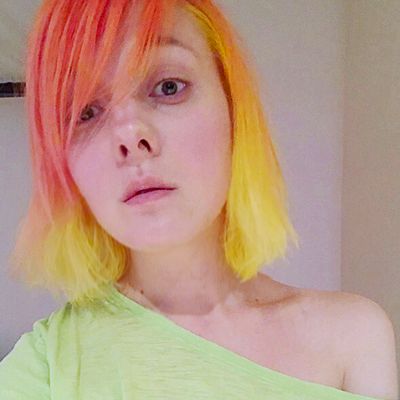862 reads
How Blockchain and NFTs Can Change The Creative Industries
by
June 30th, 2022
Audio Presented by

PhD, an artist & a researcher by vocation interested in synergistic relationships between modern tech & culture.
About Author
PhD, an artist & a researcher by vocation interested in synergistic relationships between modern tech & culture.